7 Design Hacks to Create a Seamless Indoor-Outdoor Flow
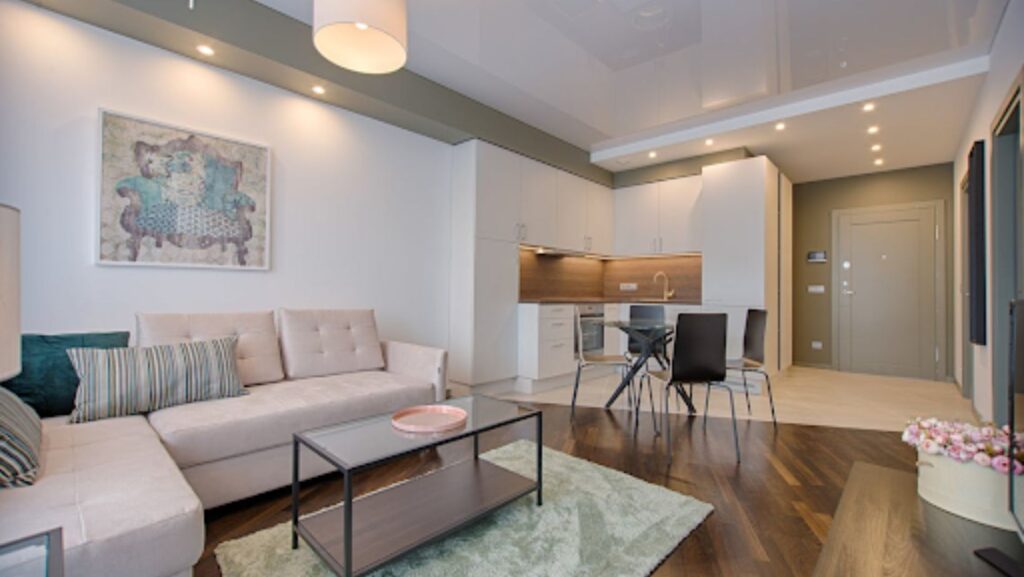
Creating a seamless connection between indoor and outdoor spaces is a popular trend in modern home design. It enhances the feeling of space, encourages natural light, and helps bring the outdoors in.
Here are seven design hacks to make this transition smooth and cohesive.
Coordinate Colour Schemes
Another way to unify indoor and outdoor areas is through colour. Coordinating your interior and exterior colour schemes ensures that both spaces feel connected. This doesn’t mean everything has to match exactly, but using complementary colours can create harmony.
For instance, if your patio has earthy tones, bring similar hues inside with accessories like rugs or throws. Similarly, throws, a kitchen rug, or curtains in similar hues can tie the spaces together, making the transition between areas seamless. The idea is to create a cohesive palette, making the transition between indoors and outdoors smooth and subtle.
Incorporate Indoor-Outdoor Furniture
Using furniture that works in both indoor and outdoor settings is a clever design hack for creating a seamless flow. Select pieces that easily transition between the two spaces, such as weather-resistant tables, chairs, and sofas.
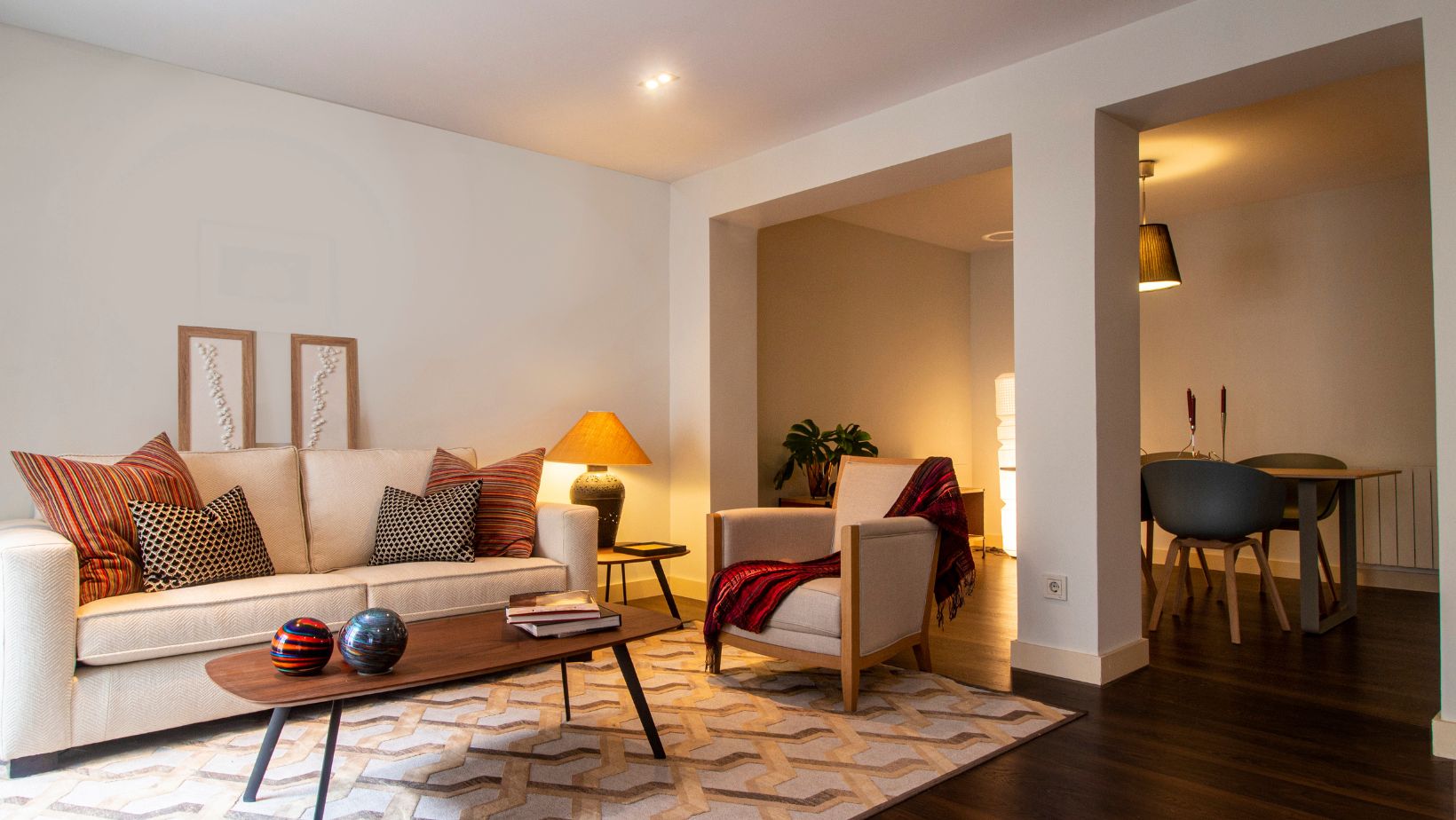
Materials like wicker, teak, and metal can be used both indoors and outdoors, helping create a consistent look. Their flexibility allows you to create a unified aesthetic, even as the functional purposes of each space remain distinct.
Maximise Natural Light
Maximising natural light is one of the easiest ways to create a seamless indoor-outdoor flow. Large windows or glass doors instantly blur the line between your interior and exterior spaces. Sliding or bi-fold doors allow for expansive views, making the outdoors feel like an extension of your home.
To enhance this flow, avoid heavy window treatments and opt for simple, minimal coverings. Light, sheer curtains or blinds maintain privacy while letting natural light stream in. Positioning mirrors strategically inside your home can also reflect outdoor scenery, making the connection between spaces feel even stronger.
Use Similar Flooring Materials
Continuity in flooring is key when connecting indoor and outdoor areas. Using the same or similar flooring materials in both spaces creates a sense of unity and flow. For example, extending the same tiles or wooden planks from your living room to your patio or deck can make the two areas feel like one cohesive space.
If using the same material isn’t possible, try matching tones or textures. For instance, natural stone or composite decking can mimic the look of indoor tiles.
Despite a slight variation, keeping the materials in the same colour family helps maintain a seamless transition between the two spaces.
Install Large Sliding or Folding Doors
Installing large sliding or folding doors is one of the most impactful ways to blur the boundaries between indoor and outdoor spaces. These types of doors allow for an open, uninterrupted view and create a wide entry point that merges the two areas. When fully opened, they almost make the wall disappear, giving you the feeling of an outdoor extension of your living area.
Choosing doors with slim frames also helps to minimise the visual barrier between indoors and outdoors. Whether you have a compact balcony or an expansive patio, sliding or folding doors provide flexibility and maximise your outdoor space.
Bring Nature Inside
Bringing nature indoors is an excellent way to enhance the connection between the two spaces. Incorporating indoor plants, natural materials, and earthy textures within your home helps blur the boundary between inside and out. Potted plants near windows or large sliding doors help draw the eye outdoors, reinforcing the seamless flow between spaces.
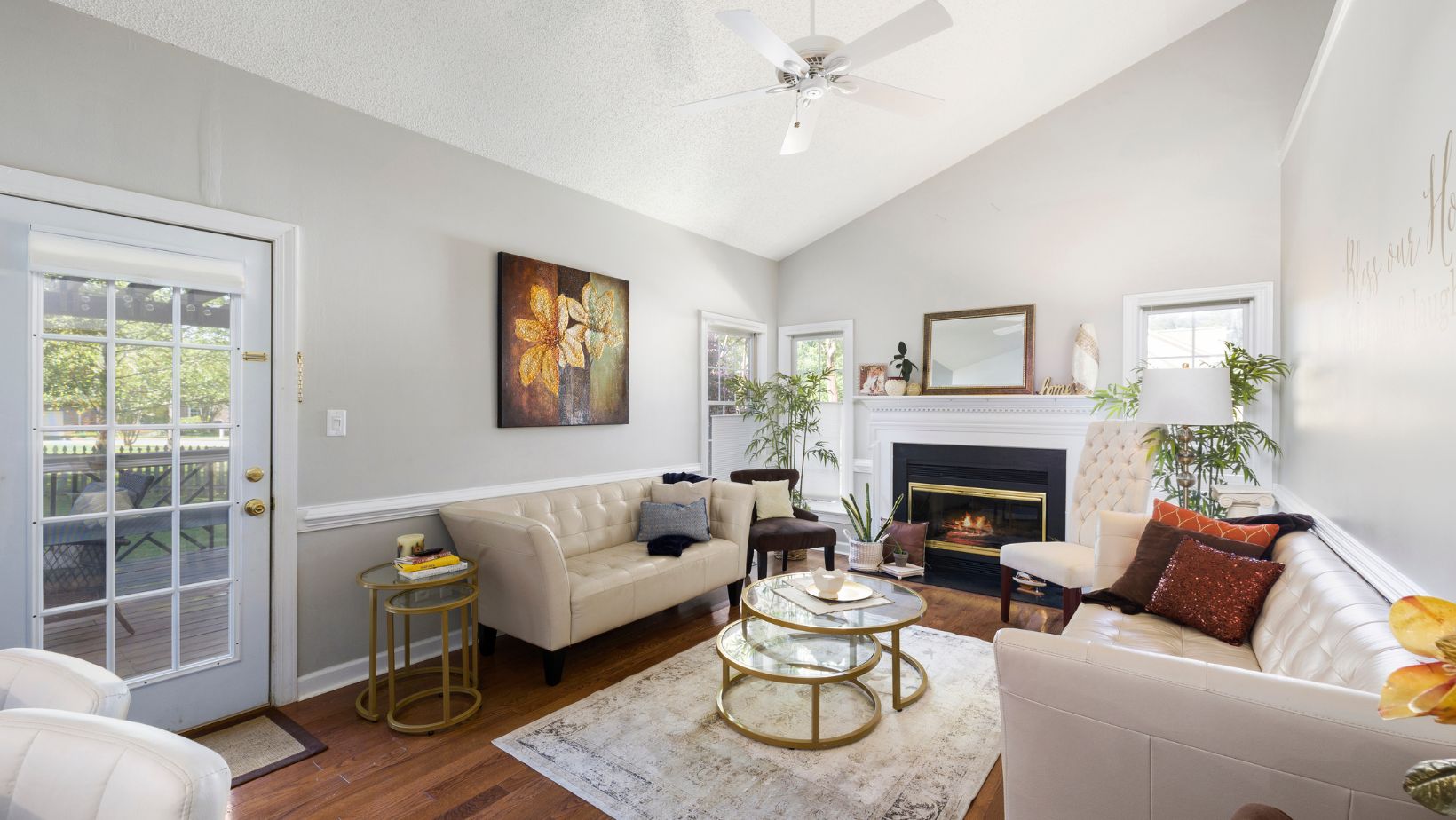
Create an Outdoor Living Space
Designing an outdoor area that feels like an extension of your interior living space is another way to bridge the gap.
Adding comfortable seating, outdoor rugs, and decor elements like cushions and throws to your patio or deck makes it feel like a natural continuation of your indoor space. Outdoor living spaces should be comfortable and inviting, similar to how you style your interior rooms.
Consider including features like an outdoor kitchen or fireplace to enhance this effect. The idea is to make the outdoors feel as livable and cosy as the indoors, encouraging you to use the space year-round.
Wrapping Up
Creating a seamless indoor-outdoor flow in your home is all about continuity, coordination, and making the most of your spaces. All the design hacks we have shared here will help connect your home’s interior with the outdoors effortlessly. Whether working with a large garden or a small balcony, these strategies will help blur the lines and enhance your living experience, bridging the two worlds in harmony.

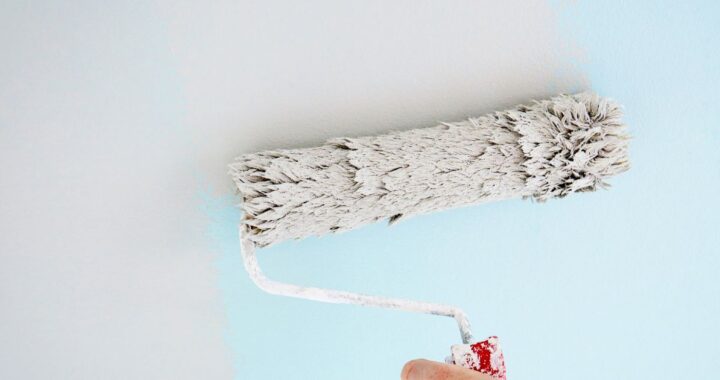 How Often Should You Repaint Your Walls? A Room-by-Room Guide
How Often Should You Repaint Your Walls? A Room-by-Room Guide 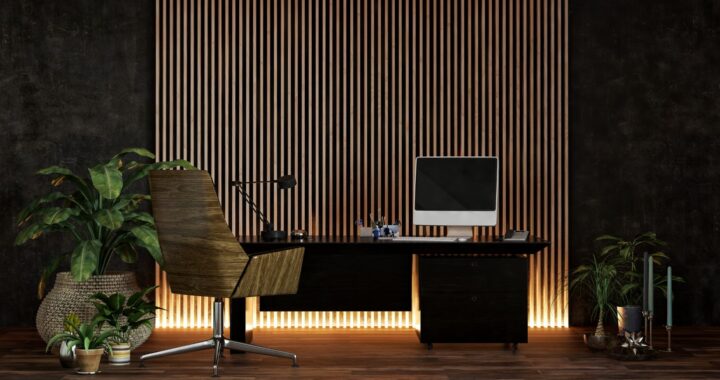 Boost Productivity: The Plants to Elevate Your Home Office Space
Boost Productivity: The Plants to Elevate Your Home Office Space 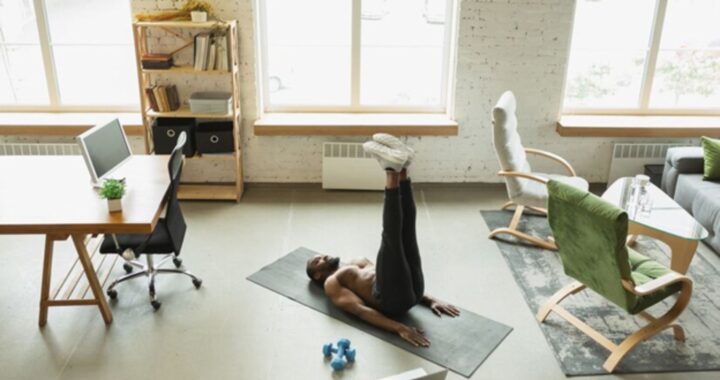 The Home Cocoon: Transforming Living Spaces for Wellness and Efficiency
The Home Cocoon: Transforming Living Spaces for Wellness and Efficiency